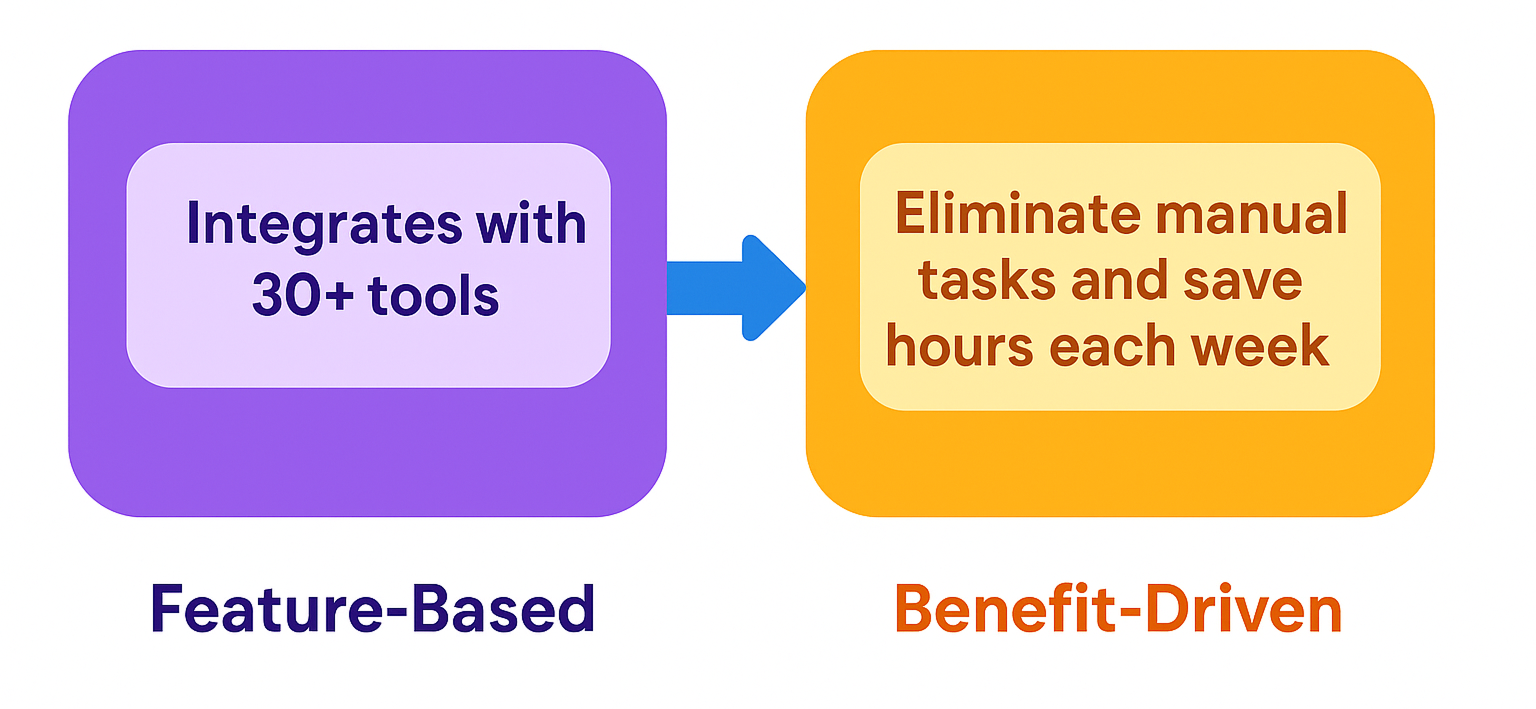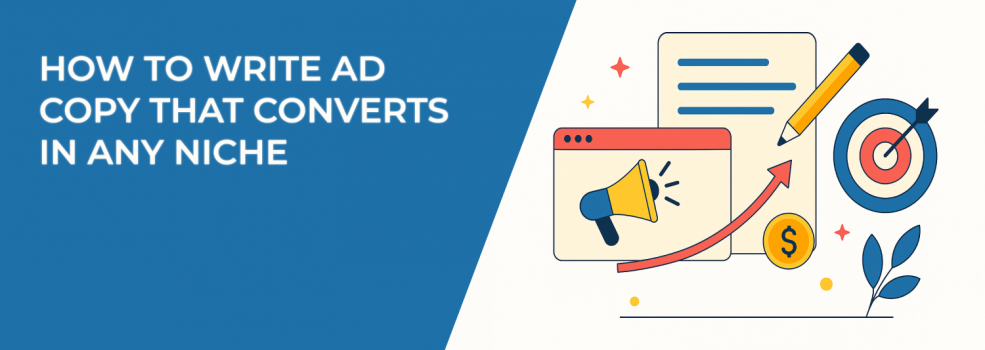Writing ad copy that consistently converts across industries requires more than catchy lines or clever wordplay. It requires strategy, structure, and a deep understanding of how people make decisions. Whether you're marketing software, supplements, or services, high-performing copy speaks directly to the reader's intent.
Below, we break down how to write ad copy that drives results in any niche — with a focus on relevance, persuasion, and clarity.
Understand the Audience Before You Write
Effective copy doesn’t start on the blank page. It starts with knowing who you’re writing for. That includes their goals, problems, buying hesitations, and the language they already use.
Use tools like Facebook Audience Insights or analyze high-performing organic posts to identify common pain points and motivators. Understanding your audience profile also helps align tone—whether it's professional, playful, aspirational, or direct.
For a step-by-step framework to define your audience, see How to Define a Target Audience for Marketing.
Lead With Value, Not Product Features
Features don’t sell. Benefits do. More specifically, outcomes sell. When someone reads your ad, they should quickly understand what’s in it for them. Focus your opening line on solving a problem, removing a barrier, or enabling a result.

Compare:
-
Feature-based: "Our platform integrates with 30+ tools."
This line lists a functional aspect of the product. While it might be relevant to technical buyers, it assumes the reader will understand how this impacts their workflow or goals.
-
Benefit-led: "Eliminate manual tasks and save hours each week."
This reframing shows the outcome of using the product—less time wasted, more efficiency. It's immediate, tangible, and appeals to a broader audience.
For more ways to turn features into persuasive outcomes, check out Crafting Compelling Facebook Ads Copy That Converts.
Structure Matters: Hook, Body, CTA
High-performing ads often follow a simple framework.

-
Hook — Grab attention with a clear problem, bold statement, or emotionally resonant insight.
Why it works: The hook stops the scroll. It's the first impression, and if it doesn't resonate, the rest of the ad won't be read.
-
Body — Expand with supporting detail, credibility (social proof, stats), and the main benefit.
Why it works: This is where you build a logical and emotional case for your offer. It clarifies what you do and builds trust.
-
CTA — Tell the reader exactly what to do next.
Why it works: People don't take action unless they know what action to take. A specific CTA reduces friction and boosts conversions.
This structure is adaptable to short and long-form ads. But in all cases, clarity trumps cleverness.
Learn how to tailor your CTAs by stage of funnel in our Facebook Ads Funnel Strategy Guide.
Keep Sentences Concise, But Substantial
Short sentences improve readability—especially on mobile. However, brevity doesn’t mean you sacrifice clarity. Avoid empty language and generic phrasing.
Instead of: "Take your business to the next level," try: "Reach more qualified leads in less time."
The revised version provides a measurable and specific benefit. It's also easier to visualize and more likely to create action.
Each word should earn its place on the page.
If your ads aren't converting despite clean visuals and strong offers, weak copy could be the reason. See Why Your Ad Copy Might Be Hurting Lead Quality (And How to Fix It) for tips on diagnosing message issues.
Match Copy Style to Creative Format
Ad copy should complement your visuals—not compete with them. If your creative is a user-generated video, use natural, conversational text. If it's a polished product image, use clean, benefit-driven language.
This alignment builds trust and makes the message feel cohesive.
For more examples of how creative and copy influence performance, see Visual Hierarchy in Facebook Ads.
Test One Message at a Time
To improve performance, isolate variables. Don’t test five things at once. Focus on one angle or benefit per ad variation. This lets you identify what truly resonates.
For example, one test could emphasize time savings; another could focus on cost reduction. Then compare results.
If your ad sets are showing minimal delivery or engagement, revisit Why You See 'Ad Set May Get Zero' to ensure proper campaign setup.
Final Notes: Write With Intention, Not Assumptions
Every niche has its nuances, but successful ad copy always comes down to three things:
-
Clarity — The message must be easily understood.
If your reader has to think too hard, they won’t engage.
-
Relevance — It should speak to the reader's specific situation.
Broad messages get ignored. Specific ones get clicks.
-
Actionability — There should be a clear next step.
The best copy doesn’t just inform. It motivates.
You can’t shortcut your way to great copy. But by following proven principles, testing consistently, and reviewing performance data critically, you can build ads that connect and convert—regardless of the niche.
For more on creative strategies that drive measurable ROI, read The Benefits of Testing Facebook Ad Copy Variations for Better Performance.

